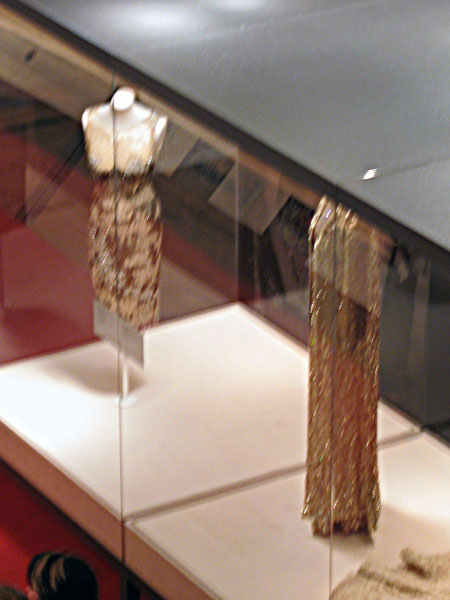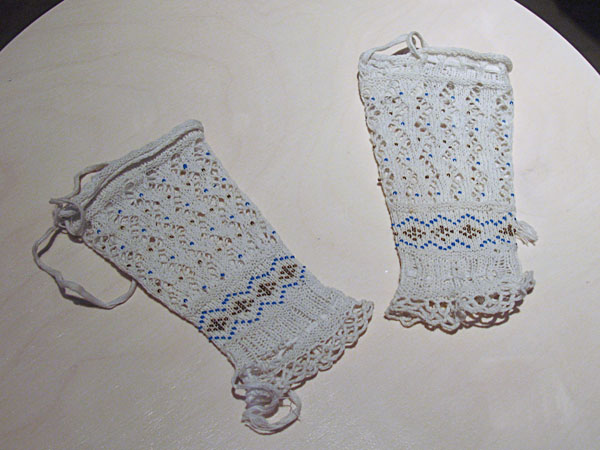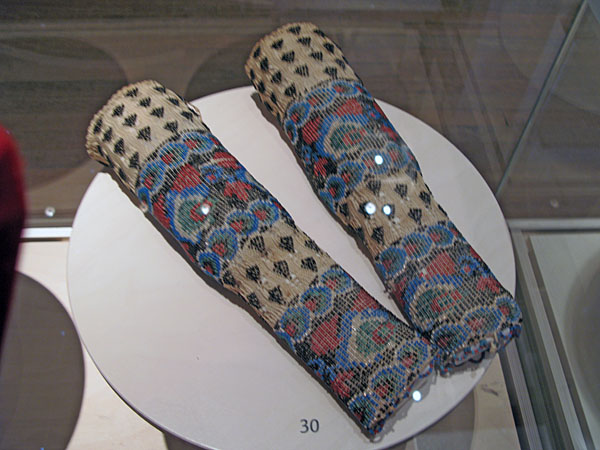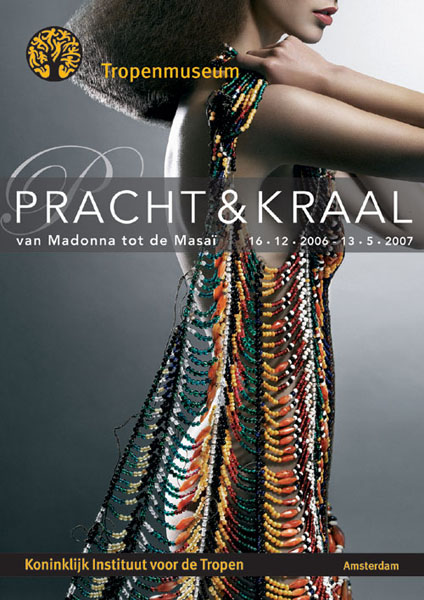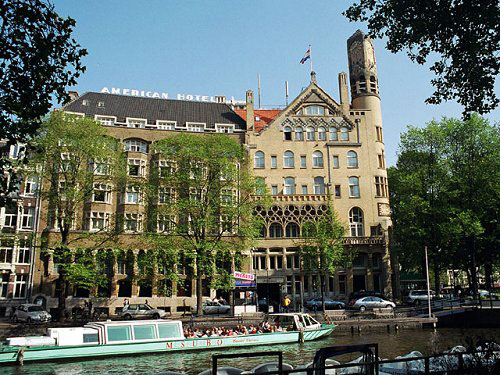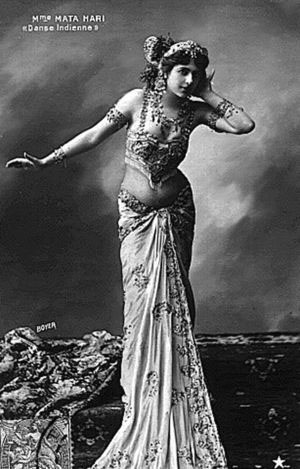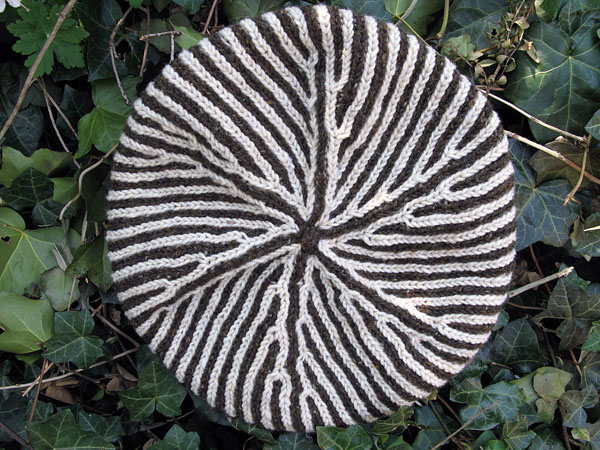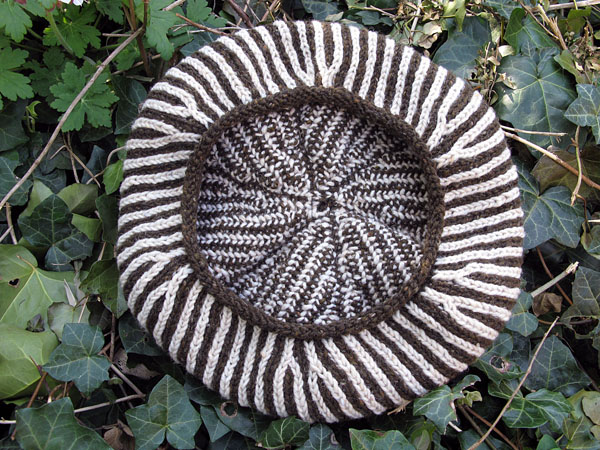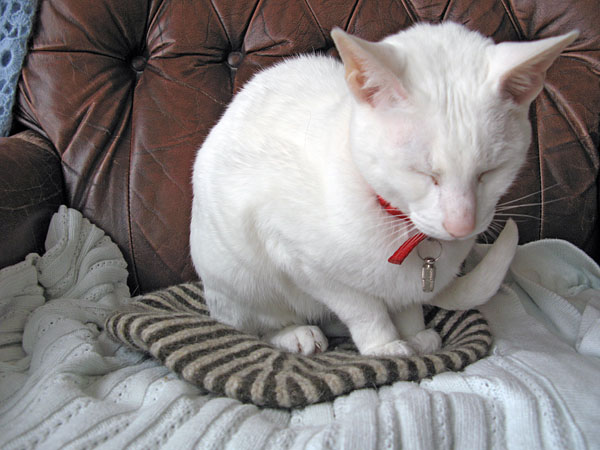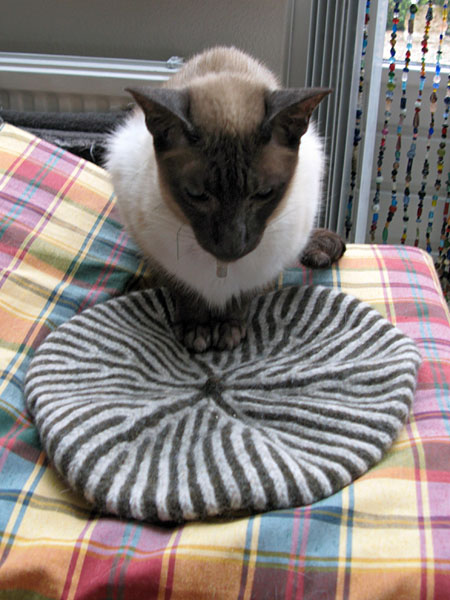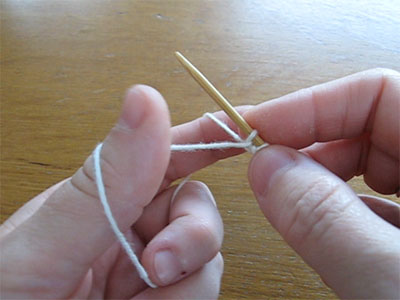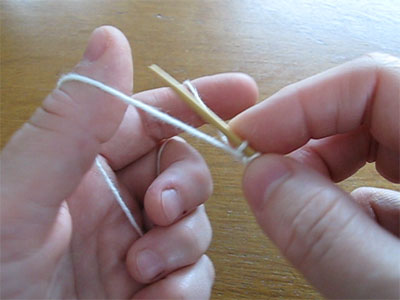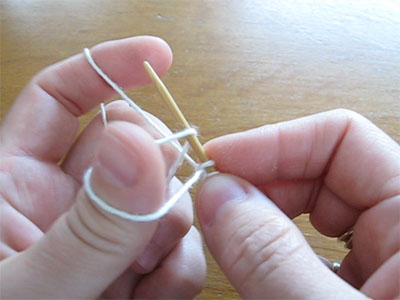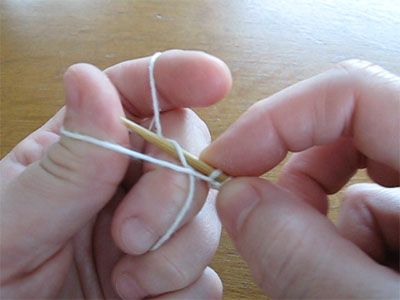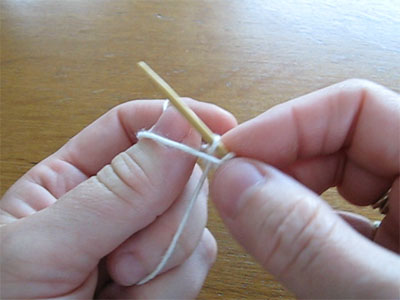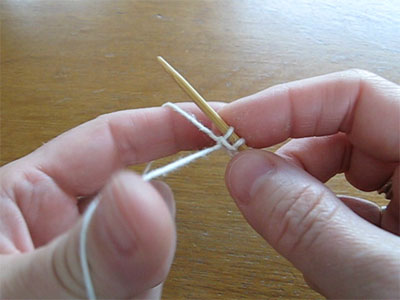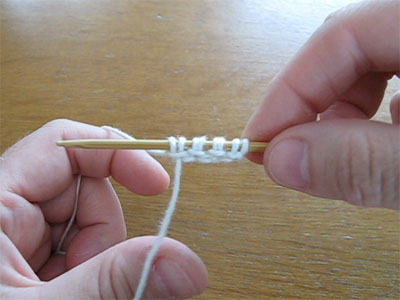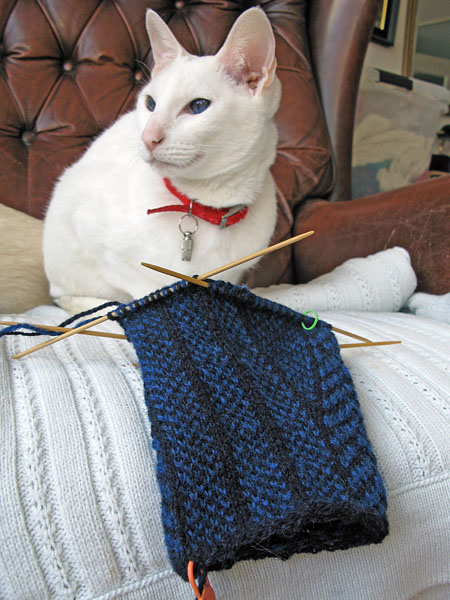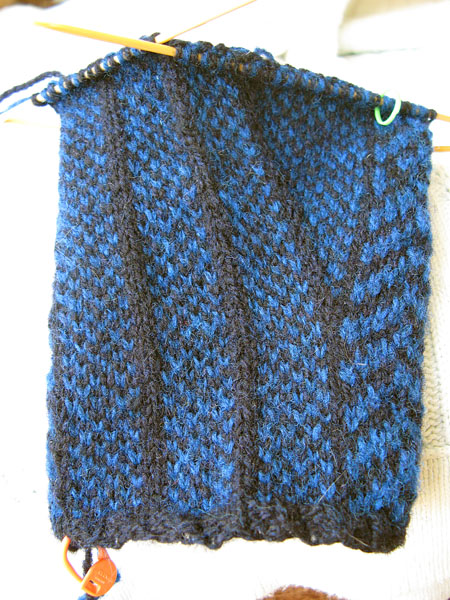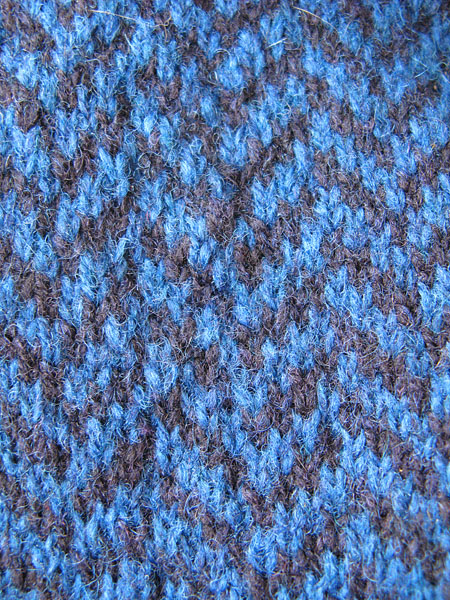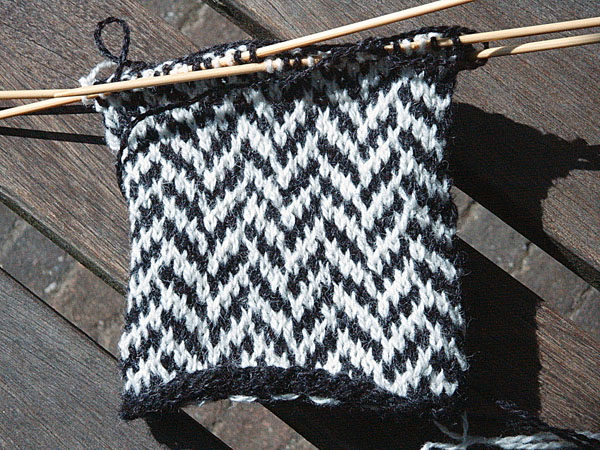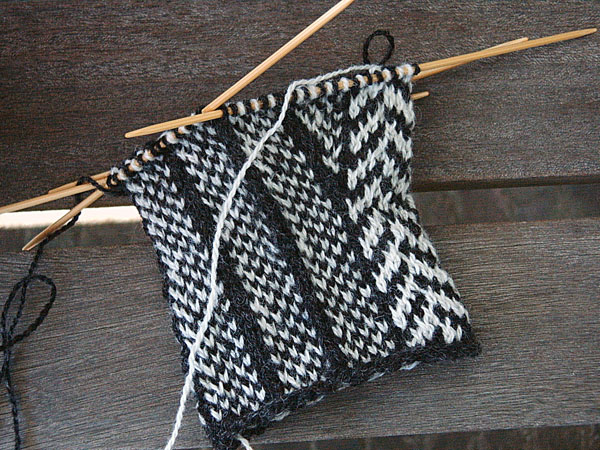Three yarn shops
May 19th, 2007 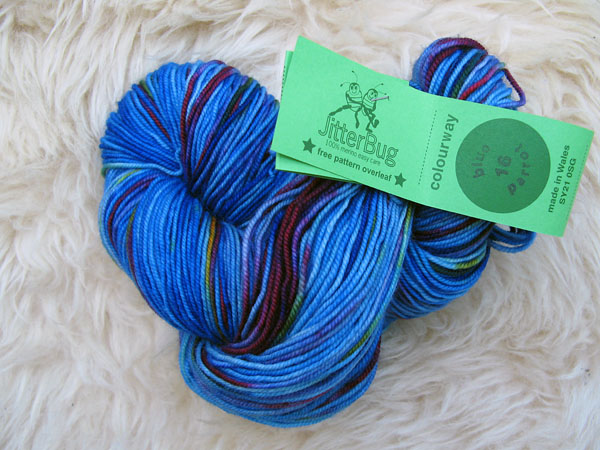 |
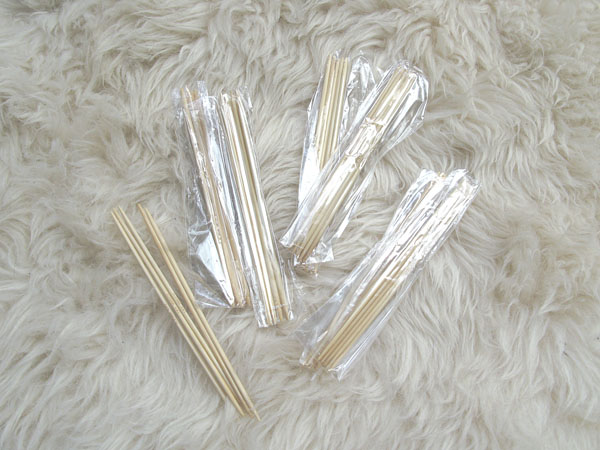 |
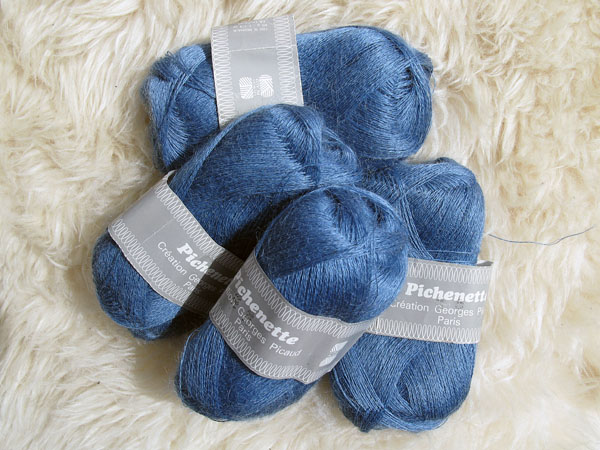 |
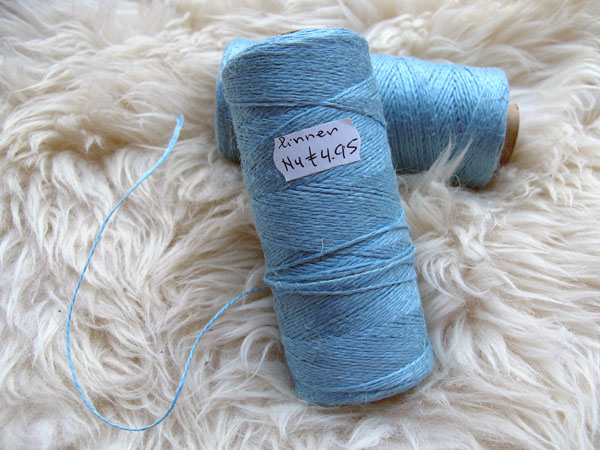 |
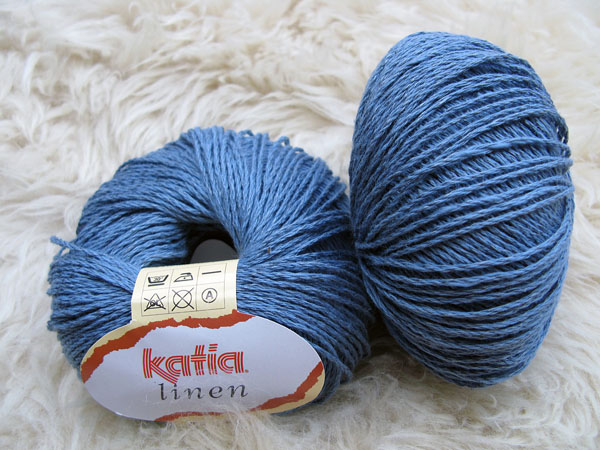 |
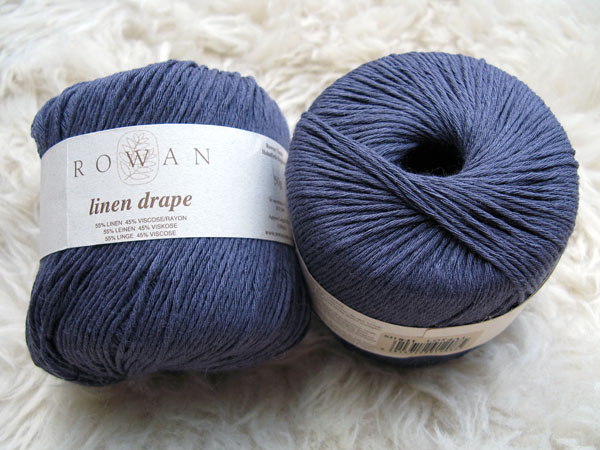 |
Sommigen zullen het best wel vreemd vinden, dat ik gisteren meer dan 400 km aflegde om drie wolwinkels te bezoeken. Kan best, maar ik had weer een topdag!
Some will think it is strange that I drove more than 400 kilometers yesterday to visit three yarn shops. That may be, but I had a great day!
Eerst naar het Stookhok in Alteveer bij Stadskanaal. Brigitte heeft haar grote boerderij en schuren vol met wol gepropt en het is daar dan ook avontuurlijk winkelen. Uit de schappen komen de meest wonderlijke wolletjes.
First the Stookhok in Alteveer near Stadskanaal. Brigitte has stuffed her big farmhouse and barns with wool and of course that guaranties a great shopping time. In the wool closets we found the most peculiar yarns.
Daarna stond Cordi in Groningen op het programma. Het was een tip van Saartje om daar eens te gaan kijken. Ze had gelijk, naast veel quilt-stoffen hebben ze een prachtig assortiment garen die voornamelijk voor weven worden gebruikt, maar waar je vaak ook goed mee kan breien. De dunnere soorten zijn erg geschikt voor kantbreien en verkrijgbaar in veel kleuren. Daarnaast veel chenilles, linnen garens voor kantklossen of heel fijne breirollen en de menggarens van Venne. Ook hier gingen we niet met lege handen weg……. Ik was erg weg van de stugge superdunne mohair die zo geschikt is voor eenvoudige ribbelbreisels voor shawls. De glanzende zeegroene linnen wordt misschien wel een topje.
Then we went to Cordi in Groningen. It was on Saartje‘s KnitBlog some weeks ago. She was right, besides a lot of quilt fabrics, they have a big collections of yarns that can be used for weaving, but also for knitting. The thinner yarns are suitable for lace knitting and are available in many colours. They also have a lot of chenille linen yarns for lace making and knitting very fine samplers and threads that can be twined from Venne. We didn’t leave with our hands empty…….. I really loved the sturdy super thin mohair that is so suitable for knitting simple garter stitch shawls. The sea green linen might one day be a sleeveless sweater.
Als laatste stond Finlandia op het programma. Via de afsluitdijk reden we van Friesland naar Noord-Holland. Het was al avond dat we er aankwamen in Bergen, maar Finlandia gooide graag haar deuren op voor vier kooplustige Stitch ‘n Bitch‘ers. Ik nam linnen garens mee voor nog wat kanten hoeden. Uiteindelijk moet ik iets met die kilo (!) stijfsel die ik verleden week bij Woortman op de Neude in Utrecht meenam……
At the end of the day we went to Finlandia. We drove over the afsluitdijk from Friesland to Noord-Holland. It was evening when we reached Bergen, but Finlandia didn’t mind opening her doors for four Stitch ‘n Bitch‘ers that wanted to buy yarn so badly. I bought some linen yarns for two more lace hats. Why would I have bought a kilo (!) starch last at Woortman on the Neude in Utrecht…….
Na ons klem gegeten te hebben bij een Chinees in Bergen, togen we huiswaarts. Het was weer een fijne dag.
And after eating a big meal at the Chinese restaurant in Bergen, we went home. It was another wonderful nice day.
